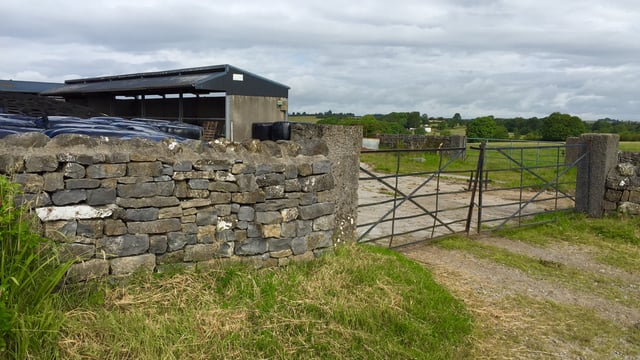Met Éireann issues advisory for potato blight later in week
Met Éireann has issued an advisory for potato blight, which is in effect until Friday (June 28).
The yellow level advisory was issued this afternoon (Tuesday, June 25) and it relates specifically to Thursday (June 27) and Friday of this week.
The affected regions are counties Donegal, Galway, Leitrim, Mayo and Sligo. The advisory is set to expire at 1:00p.m.
In its latest farming commentary, issued today, Met Éireann said that, on Thursday and Friday, weather conditions conductive to the spread of potato blight will develop at times in parts of the west and northwest.
The national forecaster said that there will be opportunities for spraying later today and tomorrow (Wednesday, June 26).
The Met Éireann blight season began on May 1.
Potato blight is caused by a fungal-like organism called Phytophthora infestans.
The pathogen thrives in humid weather spreading rapidly on the foliage of potatoes and tomatoes, causing the leaves to decay and the crop to become infected.
Continued wet conditions need to be combined with temperatures above 10° consistently in order for blight to develop, according to Met Éireann agricultural meteorologist Padraig Flattery.
There is still no means of eradicating an outbreak of blight in a potato crop, meaning that prevention is key.
Elsewhere in its farming commentary, Met Éireann said that drying conditions will be limited this week due to mixed conditions.
The best of the drying conditions appear to be tomorrow away from Atlantic coastal counties, before rain moves in later.
In terms of field conditions, soils are dry at the moment with some restriction to growth. Soil moisture deficits (SMDs) across all soil types are ranging from between 10mm to 25mm in the northwest and southeast to around 60mm in the east where growth is increasingly restricted.
With rain and showers at times over the week, SMDs across all soil types will vary at times but, overall, little change is expected for most, although a decrease of 5mm to 10mm is likely for parts of the northwest.





